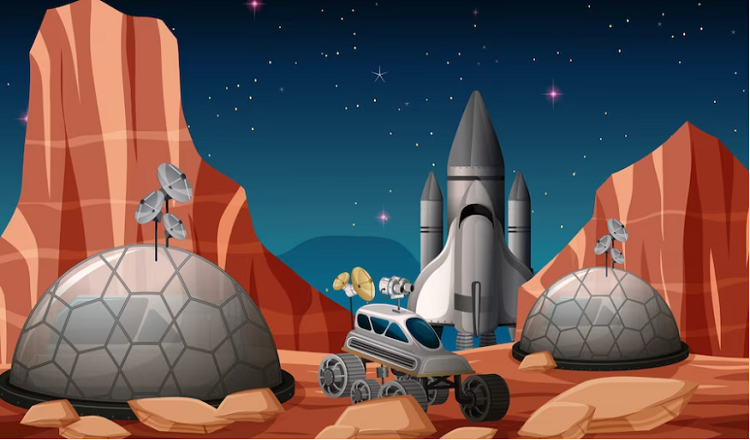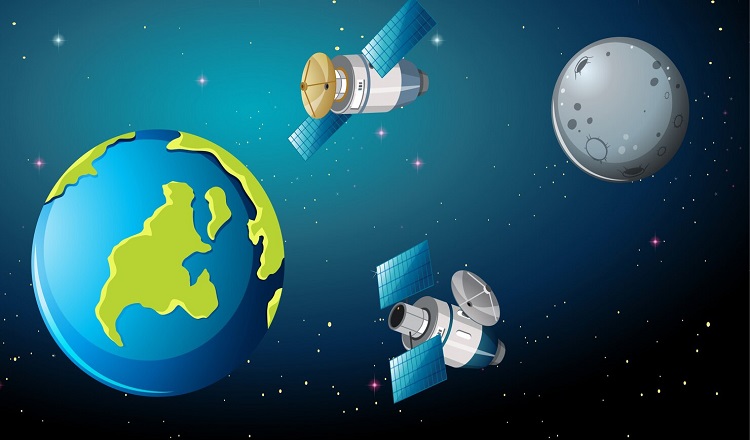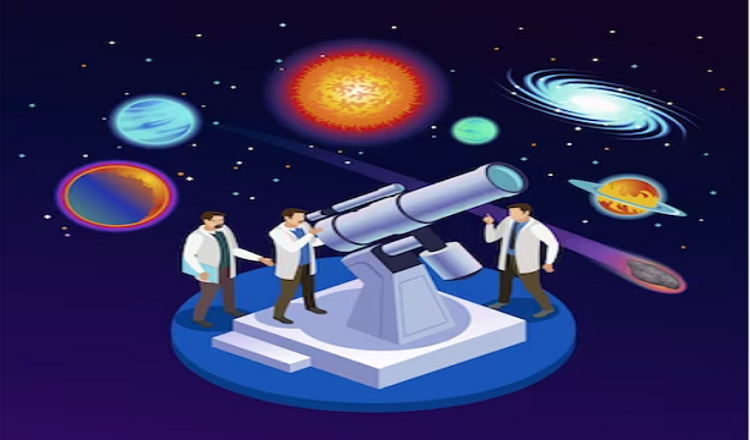People all across the world have long been fascinated by space exploration, from the earliest rocket launches to the present-day missions to probe the universe’s depths. Space exploration has played a significant role in technological advancement and American pride. It has sparked numerous scientific and engineering advances, and it continues to motivate the following generation of explorers.
The past and present of space exploration in the United States are fascinating subjects that encourage us to reflect on the amazing accomplishments of the past as well as the intriguing possibilities that lay ahead. From the earliest days of rocket science to the Apollo missions, from the Space Shuttle programme to the present projects being carried out by NASA and for-profit organisations, this blog seeks to take you on a journey through the eras. We will examine the difficulties and successes of space travel as well as its effects on culture and technology.
So fasten your seatbelts and get set to embark on a voyage through the past, present, and future of American space exploration. Let’s investigate the countless opportunities that lie ahead of us and salute the inventiveness that has made space exploration such a crucial component of the American identity. Come along with us as we set out on a journey of inspiration and discovery!
American Space Exploration’s Formative Years
Early American space exploration was characterised by a fierce competition for technological domination and world power. The US government increased efforts to catch up to and outperform their opponents in the field of space research after the Soviet Union launched Sputnik in 1957. Initiatives like Project Mercury and Gemini were launched, and the National Aeronautics and Space Administration (NASA) was established.
Several notable occasions and landmarks occurred during this time, including the first manned orbital flight (John Glenn), the first spacewalk (Ed White), and the first American in space (Alan Shepard). NASA, the Department of Defence, and commercial businesses like Boeing and McDonnell Douglas were among the important participants and organisations.
These early years of space travel had a significant impact on technology, advancing fields like communications, materials research, and rocket propulsion. Inspiring a generation of young people to seek careers in science and engineering and establishing the US as a global leader in technical innovation, the space race also had profound societal effects.
The era of Apollo
With the ambitious objective of landing a person on the Moon and bringing them back to Earth without incident, the Apollo Era in the USA marked a key turning point in space exploration. Launched by NASA in 1961, the Apollo programme accomplished a number of significant flights and milestones over the following ten years, including the legendary Apollo 11 mission during which Neil Armstrong and Buzz Aldrin became the first people to set foot on the Moon.
With advancements in fields like rocket design, materials science, and computer technology, the Apollo programme had a significant impact on space exploration and technology. The programme also left behind a sense of accomplishment and national pride, as well as a rekindled interest in engineering and science. Future space missions, such as NASA’s ongoing Artemis programme, which seeks to send people back to the Moon by 2024, have also used the lessons learnt from the Apollo programme.
Shuttle Programme in Space
In order to develop a reusable spaceship that could be launched into orbit and returned to Earth like an aeroplane, NASA in the USA started the Space Shuttle programme in 1972. The Hubble Space Telescope was launched, satellites were deployed, the International Space Station was built, and the programme successfully completed a number of important missions.
With advancements in fields like satellite deployment, materials science, and remote sensing, the Space Shuttle programme had a tremendous impact on space exploration and technology. However, the programme also had to deal with a number of difficulties and setbacks, including as the terrible deaths of the Challenger and Columbia crews, which led to the fleet’s temporary grounding. The Space Shuttle programme is nevertheless a shining example of human ingenuity and inventiveness in the realm of space exploration notwithstanding these setbacks.
USA’s current space exploration initiatives
The United States’ current space exploration initiatives are aimed at pushing the limits of human spaceflight and deepening our understanding of the cosmos. One such project is NASA’s Artemis programme, which seeks to send people back to the Moon by 2024 and establish a lasting presence there. With projects like SpaceX’s Crew Dragon spacecraft and Blue Origin’s New Shepard suborbital rocket, private enterprises like SpaceX and Blue Origin are also playing a significant role in space exploration.
The success of current space exploration endeavours also depends on international cooperation; nations like Russia, Japan, and Canada contribute knowledge and resources to ventures like the International Space Station. Not only are these programmes crucial for improving science and technology, but they also serve to motivate upcoming generations of researchers and scientists.
The Prospects for American Space Exploration
Ambitious objectives and ground-breaking missions, like NASA’s Artemis programme, which seeks to establish a long-term human presence on the Moon and prepare the way for future missions to Mars, characterise the USA’s future of space exploration. But in order to accomplish these objectives, considerable obstacles must be overcome, such as managing intricate global alliances and developing new technology.
Numerous prospects for advancements in disciplines like materials science, robotics, and remote sensing are presented by the future of space exploration. These initiatives are anticipated to have a substantial impact on society and technology, with the ability to spur new discoveries and tackle pressing global issues.
For these objectives to be met and human spaceflight to reach its full potential, there must be ongoing funding and support for space exploration programmes. Such investment promotes creativity, economic growth, and advancement in science and technology in addition to supporting space exploration.
Conclusion
In conclusion, the past and present of American space exploration have demonstrated the enormous potential of human intellect and inventiveness in revealing the secrets of the cosmos. The USA has been a pioneer in expanding the boundaries of human knowledge and technology, from the earliest days of space travel to the revolutionary accomplishments of the Apollo programme and the present space exploration endeavours.
It is impossible to overestimate the importance of space exploration in the United States given its effects on disciplines like materials science, remote sensing, and international cooperation. Future generations of scientists and engineers are motivated to pursue space exploration, which advances science and technology.
It is crucial that we support and invest in these programmes to ensure the ongoing success of space exploration. By putting in place the required infrastructure and resources, we can enable space exploration to reach its full potential and benefit from developments in society, science, and technology. Let’s collaborate to promote and fund US space exploration in the future.
Read More You May Like:











